Guru inspired by Nepal
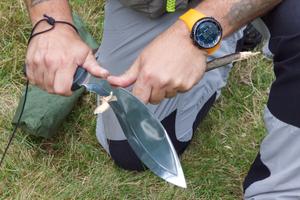
It's not exactly a knife, it's not exactly a sword, it's a type of chopping weapon that can be classified in a fairly broad group of so-called machetes. Large chopping weapons, also designed for work, have been developed independently all over the world. Our Guru has its roots in Nepal, where the kukri knife was born among the Gurkha hill people.
Knife sheaths made of kydex
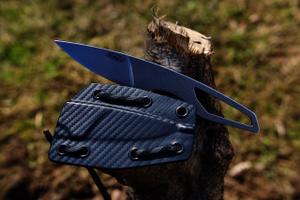
If we want to go out into the countryside and plan to take a sturdy knife with us, we can't do it without a quality sheath. But which sheath to choose? Among knife enthusiasts, there are uncompromising advocates of leather, cloth and special materials sheaths, which include kydex in the first plac
Looking Back at Tango 23
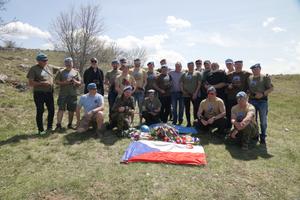
There are things that are difficult to describe, they have to be experienced. And that is exactly what our journey with the veterans of the Tango 23 - Repetitor observation post was like, going directly to the place where their comrades and comrades-in-arms Sergeant Petr Valeš and Staff Sergeant Luděk Zeman died during the Croatian offensive on 5 August 1995.
Cesta na Repetitor
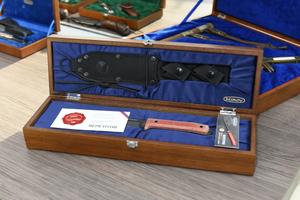
V září roku 2022 jsme se v pražském Komunitním centru pro válečné veterány setkali s příslušníky mise UNPROFOR, kteří byli přímými účastníky ostřelování, kde zahynuli dva čeští vojáci - četař Petr Valeš a rotmistr Luděk Zeman. Při této příležitosti zaznělo spousta nápadů, které postupně začínáme uvádět do života.
Journey to Repetitor
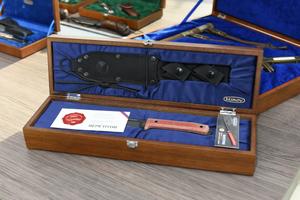
In September 2022, at the Community Centre for War Veterans in Prague, we met with members of UNPROFOR who were direct participants in the shelling that killed two Czech soldiers - Sergeant Petr Valeš and Staff Sergeant Luděk Zeman. On this occasion, a lot of ideas were expressed, which we are gradually starting to put into practice.
Stabbiíng dagger - - knife not only for hunters

From the moment man began to hunt, he had to solve the problem of how and with what to process the hunted game. In the Stone Age, flint knives were used for this purpose, then bronze knives when man discovered bronze, and iron knives with the discovery of harder iron.
Santoku - Japanese universal
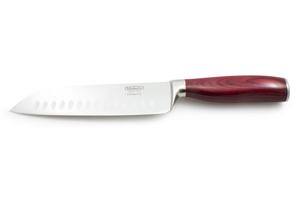
The very popular Santoku utility kitchen knife has its roots in Japan, where it was created in the mid-twentieth century. Its name in Japanese means three virtues or three uses. The three virtues would be slicing, cutting and chopping, and the three uses would be processing meat, fish and vegetables. Japanese cuisine required a special knife for each ingredient and the Santoku became the universal solution.
Sabre - weapon and symbol of office
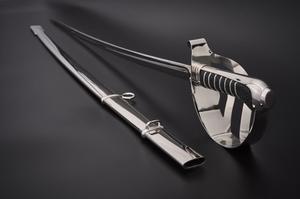
Creating replicas of historic cold weapons is the part of manufacturing that we are truly proud of. There is some technical challenge on virtually every knife that makes it not so easy to make. However, there are many times more of these challenges on any faithful copy of a historical weapon, which includes the saber.
Sabres came to Europe from the East, where they were used in the early Middle Ages. This is shown by their single-edged, slightly curved blade. It is the curved blade that can be advantageous over straight weapons because, if handled correctly, it can be used effectively not only for chopping and cutting, but also for thrusting back.
Hablock - a knife for everyone

The Hablock knife, whose name originated a long time ago by combining parts of two English words (HAnd and BackLOCK, which is the type of blade lock used), is a pocket folding knife that is classified as a hunting knife. However, it appeals to a much wider range of customers and many of them consider it to be the best-looking knife we've ever produced.
